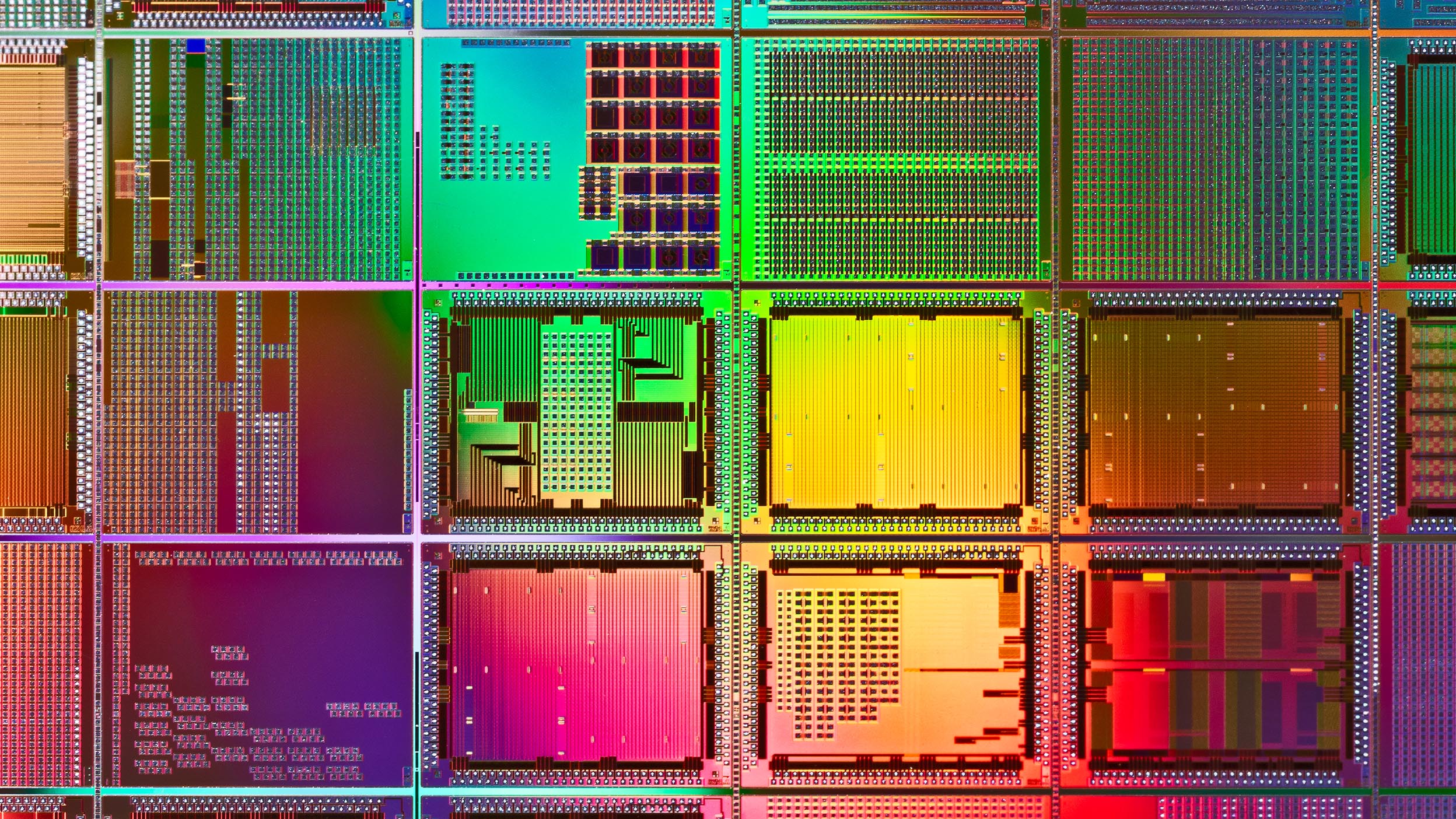
Market outlook Five risks to know when investing in ETFs
Learn 5 of the key risks that investors should consider before investing in exchange-traded funds

Dividends have long been seen as a hallmark of disciplined, stable investing. For many investors—especially those seeking income or potentially reduced volatility—they remain a core part of the portfolio. But dividends are just one piece of the puzzle when it comes to total return. Capital appreciation—the increase in a stock or ETF’s value over time—can be just as or more important, depending on an investor’s particular goals.
Understanding how dividends and capital appreciation work together is key to making informed investment decisions. And when looking at growth-oriented strategies like Invesco QQQ, which tracks the Nasdaq-100® Index, it’s important to know where the emphasis lies.
Dividend investing has deep roots in market history. For decades, steady dividend payers—typically large, profitable companies—were seen as core holdings, valued not just for price appreciation but for the income they delivered. Of course, dividends aren’t guaranteed. They can be cut or even eliminated if a company falls on hard times.
Looking at the long-term performance of the S&P 500 Index, dividend income accounted for 24% of the S&P 500's average monthly total return from 1957 to May 2025.1 The percentage of total return derived from dividends can vary, though, from decade to decade. Recent market leadership in technology and innovation-driven sectors, has led to dividends accounting for a lower proportion of total return. In the 10 years ending May 31, 2025, 23% of the S&P 500’s total return can be attributable to dividend reinvestment compared to 35% a decade earlier.2
There are several reasons dividend-paying stocks and dividend-focused ETFs remain popular:
Dividend-focused ETFs cater to this demand, offering diversified exposure to companies with consistent payout histories.
While dividends provide a stream of income, capital appreciation is typically the engine behind wealth-building in growth-oriented strategies. This is especially true for indexes like the Nasdaq-100, which tend to include companies that reinvest earnings into research, innovation, and expansion rather than paying high dividends.3
Over time, this reinvestment has often translated into strong price performance. Many Nasdaq-100 constituents—such as Apple, Microsoft, and NVIDIA—do pay dividends, but their long-term returns have primarily come from stock price appreciation, fueled by growth in earnings and market leadership.4
Invesco QQQ ETF, which tracks the Nasdaq-100, includes several dividend-paying companies—but it is not a dividend-focused strategy. Instead, it offers access to 100 of the largest non-financial companies listed on the Nasdaq, spanning sectors like technology, communication services, and consumer discretionary.
QQQ’s historical performance has been driven largely by capital appreciation, reflecting the growth characteristics of its underlying companies. For investors seeking exposure to innovation and long-term potential, QQQ may align more with a growth-oriented strategy than with income generation.
That said, dividends still play a supporting role in total return—just not the starring one.
Dividends can also be a sign of fundamental strength. For example, Invesco QQQ’s track record of compound annual growth in dividends over the past 10 years may indicate the fundamental strength and financial growth of many of its holding companies.
Bloomberg L.P., 12/31/2014 through 12/31/2024. Compound annual growth rate (CAGR) represents the rate at which an investment would have grown if it had grown at the same rate every year and the profits were reinvested at the end of each year. CAGR is not a true rate of return and is not influenced by interest rate changes or the volatility the investment might experience over the period
Some investors are more focused on dividends while others seek capital appreciation. There is also the middle road of seeking total return through a blend of both.
Whether investors prioritize income, growth, or a combination of the two, aligning their ETF selections with their financial goals—and risk tolerance—is what ultimately matters. Dividend-paying ETFs and growth-oriented strategies like Invesco QQQ can both play important roles in a diversified portfolio.
Select the option that best describes you, or view the QQQ Product Details to take a deeper dive.

Learn 5 of the key risks that investors should consider before investing in exchange-traded funds

When it comes to anchoring your core portfolio, how do the Nasdaq-100 and S&P 500 Indexes compare?

The diversification of investments holds power in many environments, although it may not fully eliminate risk during market downturns.
NA4558067
Past performance is not a guarantee of future results. An investor cannot invest directly in an index.
This does not constitute a recommendation of any investment strategy or product for a particular investor. Investors should consult a financial professional/financial consultant before making any investment decisions.
The opinions expressed are those of the author, are based on current market conditions and are subject to change without notice. These opinions may differ from those of other Invesco investment professionals.
Growth stocks tend to be more sensitive to changes in their earnings and can be more volatile.
The Nasdaq-100® Index is a stock market index made up of equity securities issued by 100 of the largest non-financial companies listed on the Nasdaq stock exchange.
Russell 1000 Growth® Index includes those Russell 1000® companies with higher price-to-book ratios and higher forecasted growth values.
Diversification does not guarantee a profit or eliminate the risk of loss.
Holdings are subject to change and are not buy/sell recommendations. This content should not be construed as an endorsement for or recommendation to invest in Apple, Microsoft, or NVIDIA. Neither Apple, Microsoft, nor NVIDIA are affiliated with Invesco. Only 3 of 101 underlying Invesco QQQ ETF fund holdings are featured. The companies referenced are meant to help illustrate representative innovative themes, not serve as a recommendation of individual securities. Holdings are subject to change and are not buy/sell recommendations. See invesco.com/qqq for current holdings. As of June 4, 2025, Apple, Microsoft, and NVIDIA made up 7.59%, 8.61%, and 8.40%, respectively, of Invesco QQQ ETF.